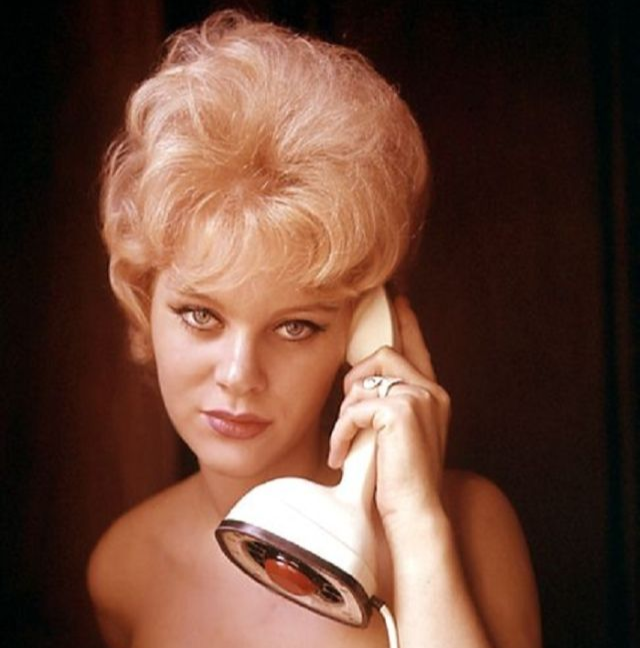Meet the Cobra phone
Knowledge hub

Meet the Cobra phone
By Jemimah Widdicombe
The Ericofon telephone is an icon of 20th-century design, and a precursor to the mobile phone. What can something nicknamed the ‘Cobra phone’ tell us about the interplay between design, desire and technology? And how might reframing the same old story open up pathways for better, more inclusive design?

“You had to be able to feel how to hold it even in the dark.” Gösta Thames, Ericofon designer, Ericsson, 2000.
Like the ‘Crouching Dog’, only better.
The story that you’ll likely hear about the Ericofon goes like this: Hugo Blomberg, former technical director at Ericsson, first heard of the ‘Crouching Dog’ in 1939. Rival German brand Siemens made this phone. It had managed to integrate a dial and receiver into one. But the design was flawed and kept falling over during testing. Inspired by this dog-like phone, Blomberg then tried to bring his own vision to life. He directed his team to create the first Ericofon designs in the 1940s. Photos of these early prototypes show drooping, floppy forms that echo the evolution of the human body.

Although the desire to create a more integrated phone was there early on, the technology wasn’t. World War II resulted in the development of new materials like thermoplastics. Thanks to this, Ericsson could finally shift the design paradigm. In the 1950s, they’d achieved the first commercial telephone to combine a receiver, dial and microphone into a single unit. Versatile and malleable plastics reduced manufacturing time from weeks to minutes.Ericofons came in colours like ‘dusty pink’, ‘golden glow’ and ‘chartreuse’. Older phones were made of hard metals, bakelites or wood with names like ‘skeleton’ and ‘candlestick’. The Ericofon could be molded to fit the human hand. The actual product was light and erect. It had a long neck, flared earpiece, and solid base. A rotary dial sat beneath, with a big button that ‘hung up’ when compressed.
“At last, a phone designed with your comfort in mind.” Ericofon advertisement, Ladies Home Journal, 1957.
What’s in an ad?
The usual story aside, now let’s take a look at the advertisements.

‘Use it in bed,’ one says, ‘the dial comes to you.’ Various ads show women in domestic spaces. Some of them in bedrooms, or on a cloud, with the phone suggestively angled above them. By contrast: hats, glasses, and office furniture infer masculinity. Amidst these clouds, beds, and ping pong balls. You wouldn’t be the first to ask if this is really a phone at all.
Beyond the frame, these ads offer a window into how technology companies shaped ideas about desire, gender and work. Think about some of the broader cultural changes stirring in parallel to development of the Ericofon. Do you think companies foresaw women entering the workforce en masse? Or that access to contraception and education would help wake up popular perception to all women as agents, not objects, of desire?

Looking forward
Looking back and teasing apart the usual narratives of inevitability and progress reminds us that phones have never just been phones. They’re loaded, ‘social things’ with complex and changing biographies. Technologies by design are cultural tools.
It was the users and not the company that christened the Ericofon the ‘Cobra’. This moniker stuck. Why? Because no matter how much you tell someone where, when and how to use a technology, many won’t. And it’s their misuse, or appropriation that shapes the future in unimagined ways.

